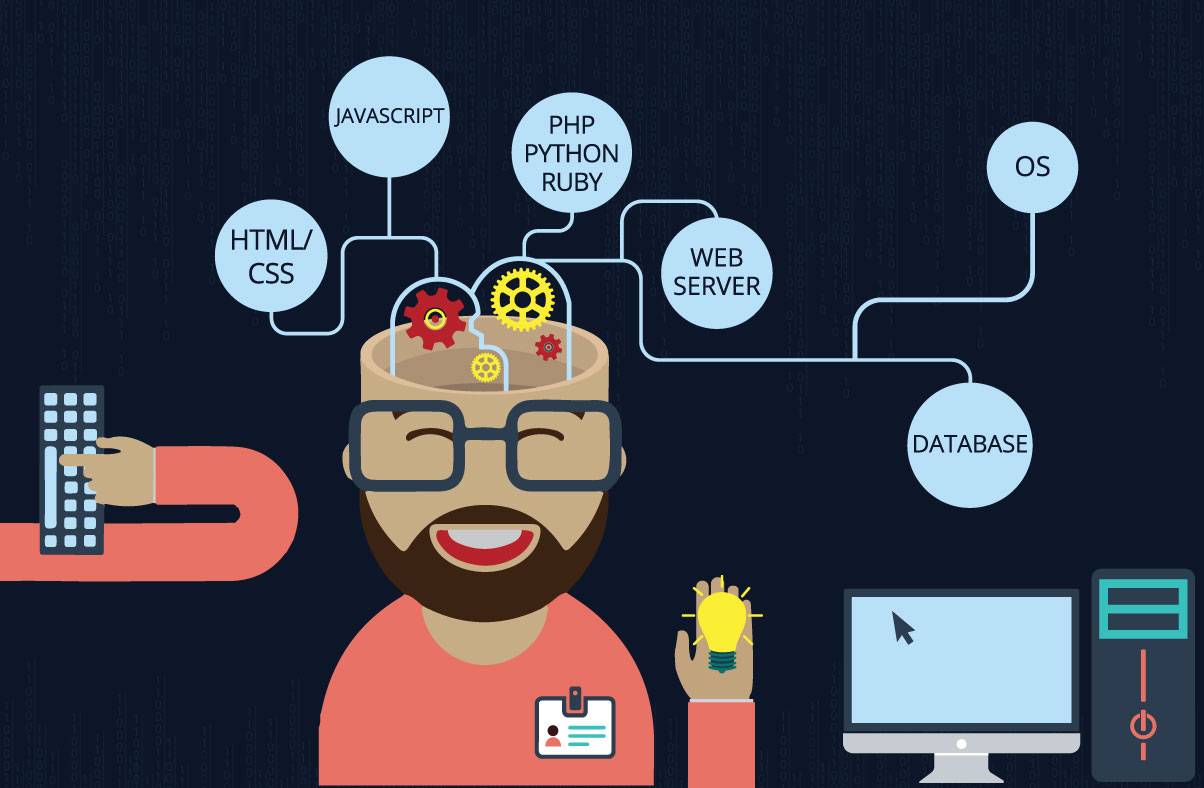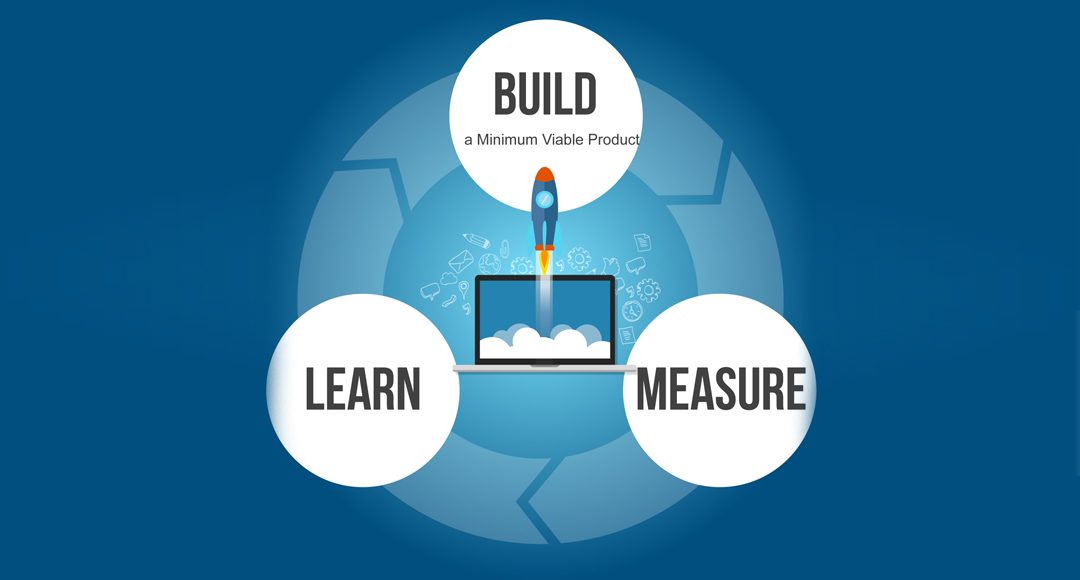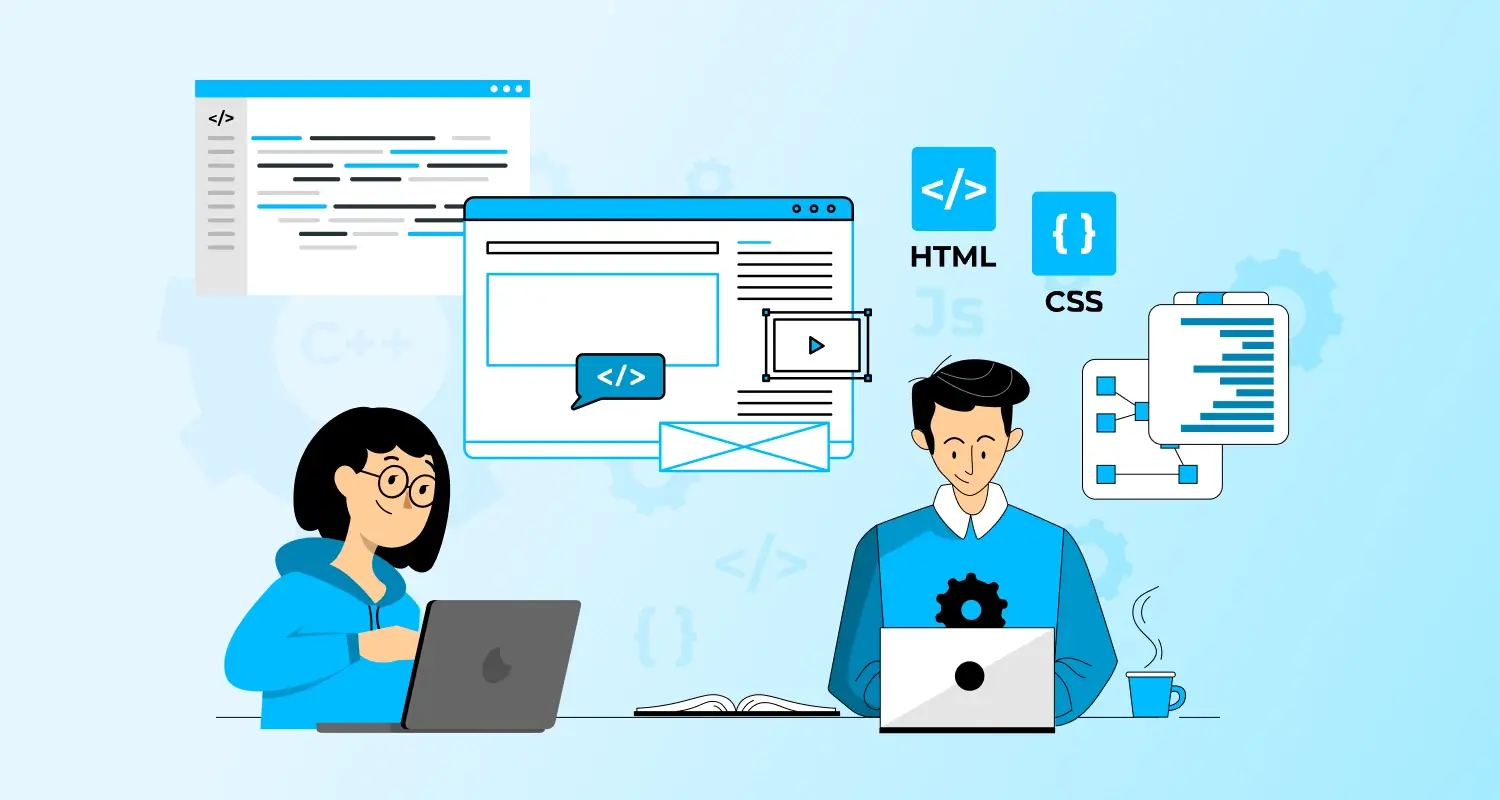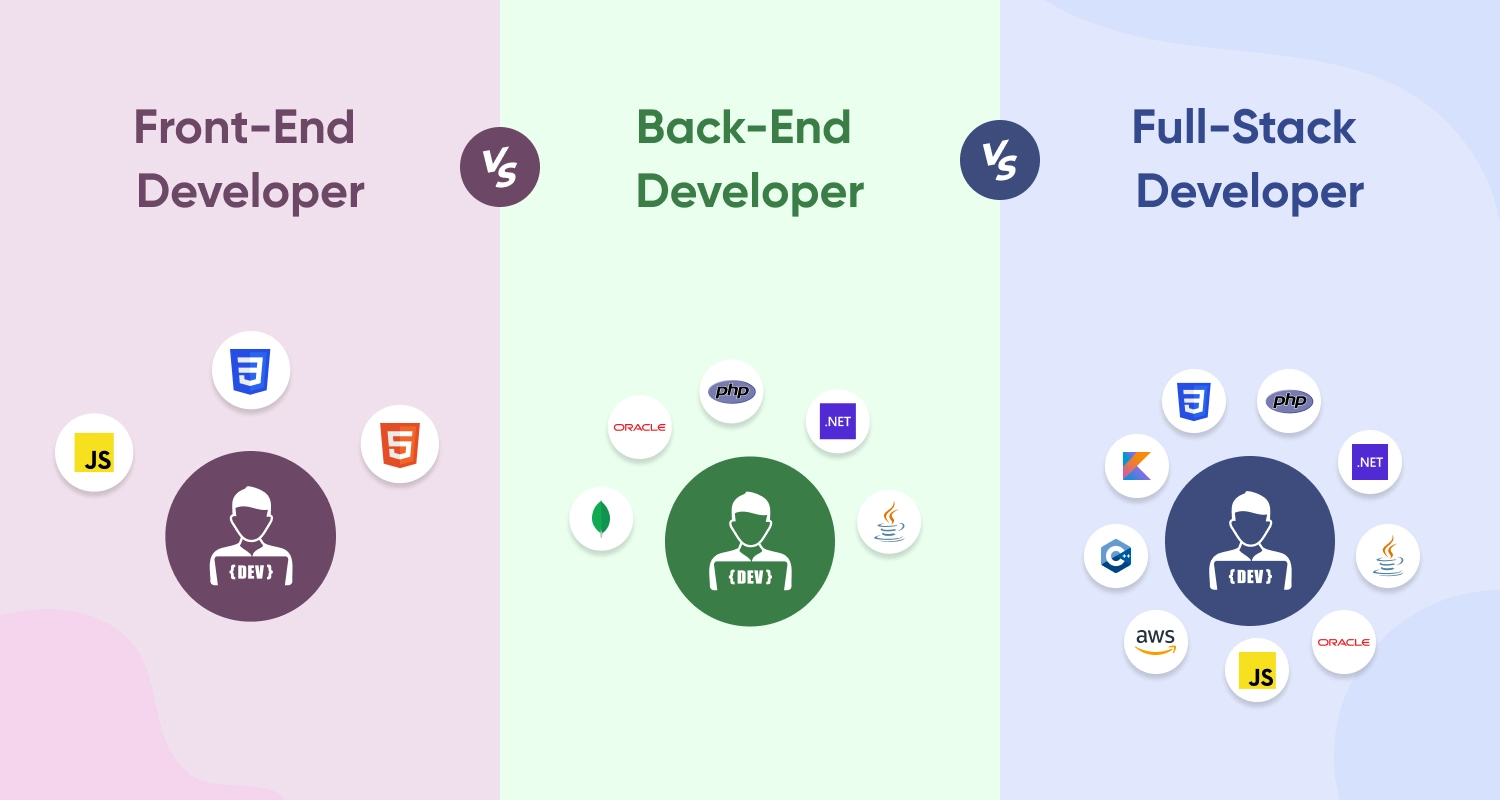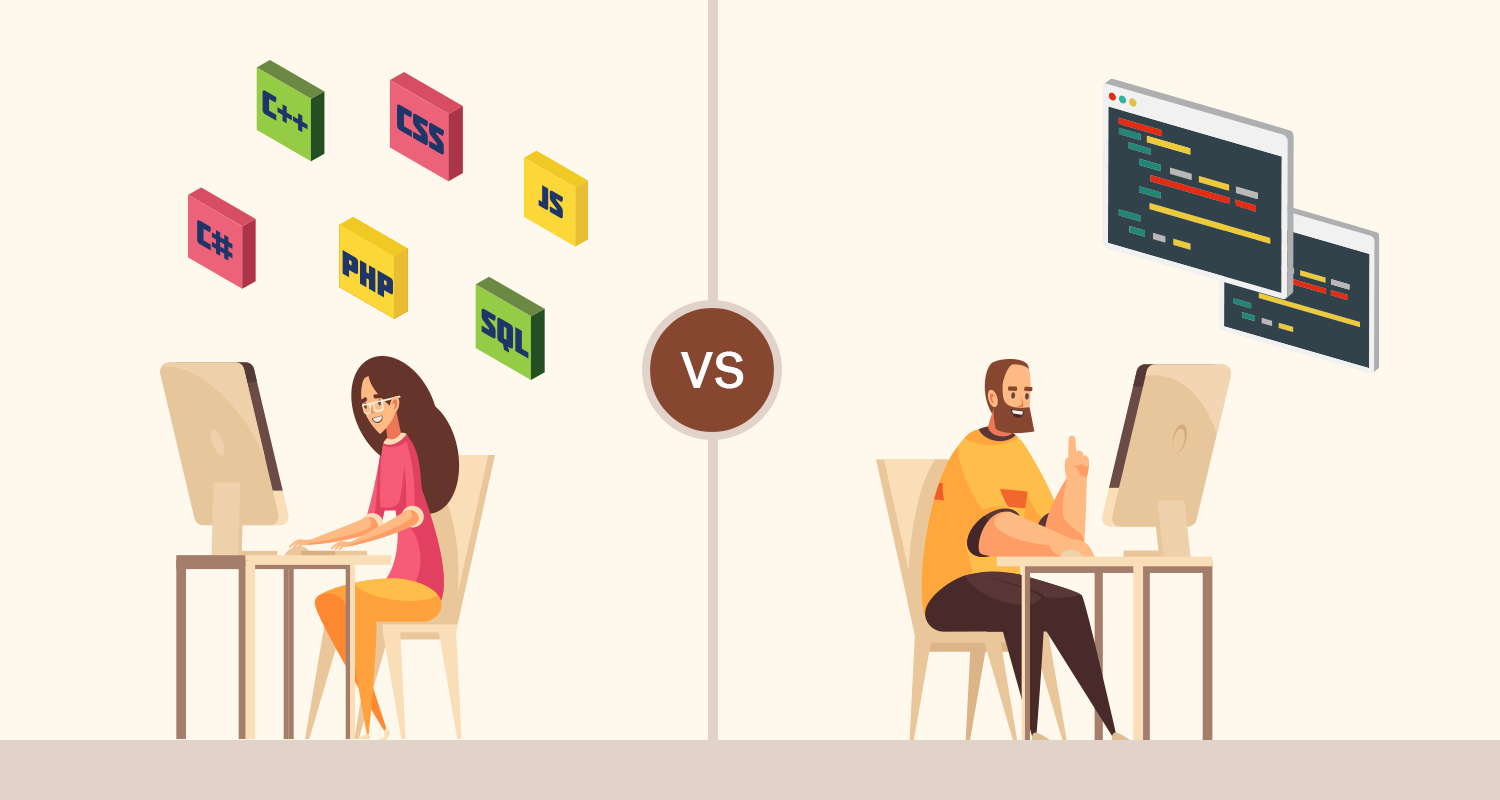Are you looking forward to getting an app built by developers having both server-side and client-side development expertise? Yes, Hire Full-Time Developers is the right choice to meet your requirements. But, it isn’t about making a simple choice. There are a few considerations you need to make. Most recently there is an emphasis on T-shaped full-stack developers. Let’s explain what these mean and how they benefit your app development.
Who Are Full Stack Developers?
When you are aware of the benefits of hiring developers having skills and expertise for the full-stack development process, you don’t have any other choice but to opt for it. But for this, you need to have a clear idea of who are full stack developers and what they do.
A full-stack developer takes all the responsibilities pertaining to the front-end, back-end and all the development tasks associated with a project. They are developers who are responsible to build an app right from the start to the very completion of the development project. Full stack developers are equipped with all the skills required for both client-side and server-side development process.
What Is T-Shaped Full Stack Development?
Conventionally, a developer has expertise on some selected domains but they remain unaware of other domains or skills. In contrast, full stack developers have expertise on some specific domains and they also have enough knowledge and development skills across other domains. A full stack developer has skills in few front-end and back-end development technologies.
T-shaped full stack developers are those who besides having expertise in few front-end and back-end technologies, can also work with other technologies. When a developer can overreach his core full stack development expertise and offer skills across other areas, this overreaching skills is represented as the shape of T and hence they are called T-shaped full stack developers.
For any mobile app or web app development company, T-shaped full stack developers become an invincible choice to help low-budget MVP projects as just one or two developers can just carry out all the development tasks comprising their core and a lot of other skills.
Understanding Full Stack Development
Full stack development takes care of all aspects of a development process starting from the app idea to the app deployment. A full stack developer with solid experience can build a client-side, server-side, database and link all these elements to shape the complete usable app to be deployed.
A full stack development process mainly consists of 3 different layers. Let’s explain to them a bit.
- Presentation layer: It is the frontend or client-side interface of an app that requires development skills corresponding to HTML, CSS, and latest JavaScript frameworks like Angular.js, React.js, and Vue.js.
- Business logic layer: It is the server-side layer of the app that requires developers with expertise in server-side programming languages to write the business logic running the app from behind. Some of the key backend frameworks that developers need to know include Node.js, Python, Django, Ruby on Rails, and Java.
- Database layer: The database as the part of backend relates the backend with the frontend. A full stack developer should be skilled in both relational and Non-relational databases including MySQL, MongoDB, and PostgreSQL.
How To Identify a Right Full Stack Developer?
So, now that you know the basic skills and expertise criteria for full-stack developers, you need to know about the right way to pick such developers for your app development project. Apart from the above-mentioned skills, watch out for these skills and expertise areas.
HTTP REST
HTTP help in establishing secure communication between the client-side and the server-side layers. The full stack developer must be versed with the way HTTP and REST protocols work.
Data Structures Algorithms
Algorithms make an app smarter with automation and intuitive features. Appropriate data structures help to identify code related to different activities. A full stack developer must be knowledgeable about the use of both.
Deployment Options
A full stack developer should also be versed with all the popular and effective PaaS (Platform as a Service) deployment options like AWS, Digital Ocean, Heroku, and others.
Git
Git as a code-sharing tool allows you to register various modifications in the development process and access them when you need them. A full stack developer must be versed with how Git can be used to keep track of modifications, bugs and issues.
Advantages Of Hiring Full Stack Developer For MVP Development
Full-stack developers are particularly helpful in building high-performance MVP app in a low budget for organisations trying to build an app for the first time. Let us see some advantages of hiring full stack developers for an MVP project.
Versatility
A full-stack developer can play a versatile role by switching between the frontend and backend development process.
Adaptive
Instead of sticking to any specific domain full-stack developers can adapt to any skill as per expertise and can handle both coding and design.
Bringing Down Cost
By building a complete app with just one or two full stack developer who can handle tasks of several specialised developers is surely much less expensive and cost saving.
Taking Full Responsibility
When one or two full stack developers take the entire responsibility for the project right from the start to the end, they have complete ownership of the project and remains accountable for the output.
Ease Of Updating
By remaining more adaptive to a lot of technologies and domain skills, full stack developers can exercise a lot of new options in making the app better every time they update or upgrade the app with more features or design changes.
High Productivity
Generally, full-stack developers work in a rigorous manner with constant communication between them. By taking care of the entire workflow with a small team they ensure optimum development output in the least minimum time.
User Centric
As full stack developers, unlike domain-specific experts, give nation to the entire app and performance, they actually conceive the app from the user’s point of view and help to build it as a more user-centric solution.
Conclusion
Last but not the least of all considerations should be getting onboard full-stack developers who have done some credible work in a full stack environment. You need to focus on how deeper their skills are for the app project in question.



